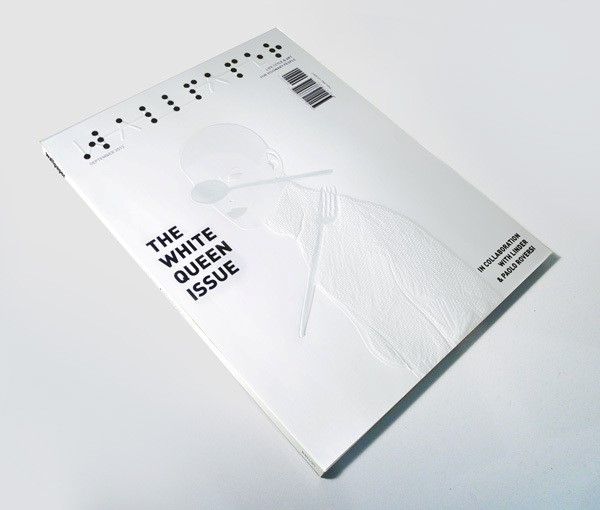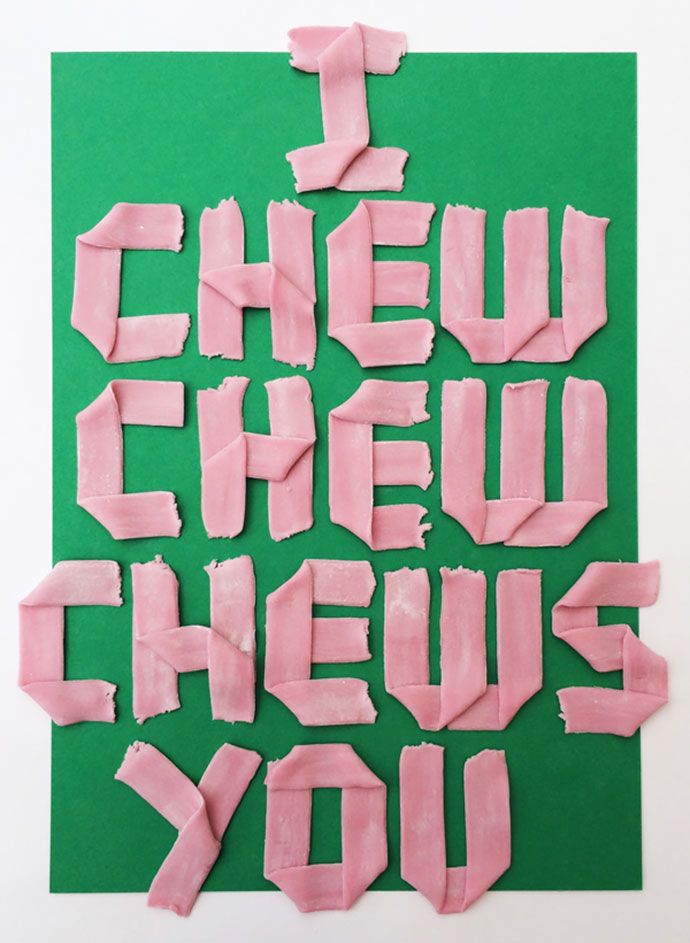The growth of technology has transformed the way we interact with our surroundings. Digital items have become an essential part of our daily life. However, as technology’s use grows, so does the demand for a more engaging and memorable user experience. One method is to incorporate tactile features into the design of digital products.
Touch is one of the five senses and has a significant impact on how we perceive and experience the environment. The skin is the largest organ in the human body and is highly sensitive to pressure, temperature, and texture. Designers may create a more engaging user experience by incorporating these triggers into the design of digital products. The texture of a design can greatly influence how the user perceives it. A rough surface, for example, may express a sense of stability and dependability, whereas a smooth surface may convey a sense of beauty and refinement.
This blog will examinate how tactile communication can strategically be used to convey a successfull and effective message. The primary goal is to uncover the subtle ways in which tactile aspects can be intelligently included into visual design, encouraging a stronger connection and understanding between the message sender and receiver. We want to learn how to effectively use elements like texture and touch to support the visual success of messaging. The tactile component of design has the power to communicate a variety of qualities and influence how a customer feels about a product or company in general. By finding what works best, we can create a foundation for making visual messages that people will remember and respond to in different situations.


Sources:
- Leng X, Zhou X, Wang S, Xiang Y. Can visual language convey tactile experience? A study of the tactile compensation effect of visual language for online products. Front Psychol. 2022 Dec 19;13:1034872. doi: 10.3389/fpsyg.2022.1034872. PMID: 36600710; PMCID: PMC9807036.
- Jones, L. A. (2011). Tactile communication systems. Enhancing Performance for Action and Perception – Multisensory Integration, Neuroplasticity and Neuroprosthetics, Part II, 113–128. doi:10.1016/b978-0-444-53355-5.00008-7
- A visual and tactile graphic design experiment: ‘Touch Project’, Parinda Sakdanaraseth (https://in-touch-digital.com/2020/03/12/a-visual-and-tactile-graphic-design-experiment-touch-project/ )
- Analysis on Tactile Field in Current Graphic Vision Design, Qi Wang, Huifang Li (file:///C:/Users/Korisnik/Downloads/12059.pdf )
- Liu, S., & Li, S. (2023). Analysis on the Use of Visual Touch and Emotional Creation in Brand Image Design. Highlights in Art and Design, 4(1), 39–41. Retrieved from https://drpress.org/ojs/index.php/hiaad/article/view/11659